You'll be able to charge your car wirelessly from 2017
Say no to cable constraints
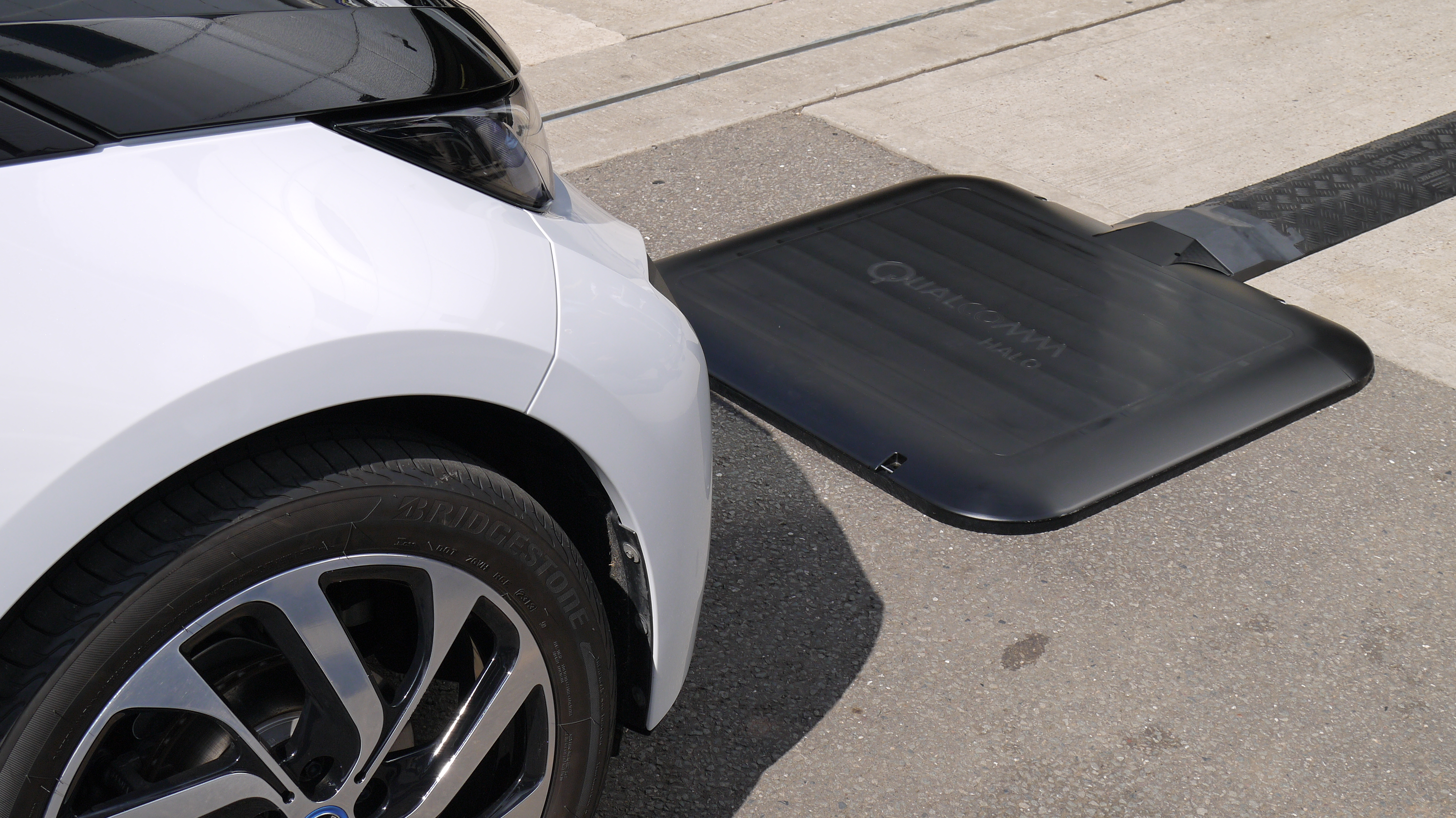
Electric cars certainly have potential, but it's a pain having to plug them in to charge - give it three years though and you'll be able to ditch those annoying cables.
Wireless car charging technology is already up and running on the safety cars of the new Formula E championship - the world's first fully electric racing series - and from 2015 even the race cars will charge wirelessly.
The cars use Qualcomm's Halo charging technology, which sees wireless charging pads bolted to the ground and the base of the car. All the driver has to do is park over the pad for the car to start charging.
Anthony Thompson, VP of Development and Marketing for Electric Vehicles at Qualcomm, spoke during the final pre-season practice days at Donnington Park and revealed that we'll see "the first wireless charging [consumer] cars by 2017."
It won't come cheap
"These won't be cheap cars," Thompson noted, "the first [consumer] wirelessly charging electric cars will be premium vehicles, and the technology will then filter down to other models in lower price brackets."
And you won't be ditching those cables right away either, "for a time you'll probably have to have a dual-charging system with the wireless technology complemented with a backup cable system," Thompson explained.
That's due to the infrastructure limitations of installing wireless charging pads at enough locations to make the system viable without the need for any wired charging.
Get daily insight, inspiration and deals in your inbox
Sign up for breaking news, reviews, opinion, top tech deals, and more.
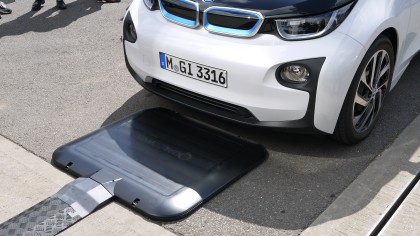
"One car manufacturer has told me that [wireless car charging] is a 10 year game for them. They predict that about 50% of their vehicles will have an electric power train in the next 10 years and they seriously doubt by then any of those will be plug ins."
The technology works by the pad on the floor generating an electromagnetic field in the space above it - and an average height of around 150mm for the field currently provides the best efficiency.
A maximum height of 250mm has been achieved, which should allow high-riding SUVs (sports utility vehicles) to use the wireless charging pads and the larger field will be key if pads are to be installed under road surfaces, driveways and racetracks in the future.
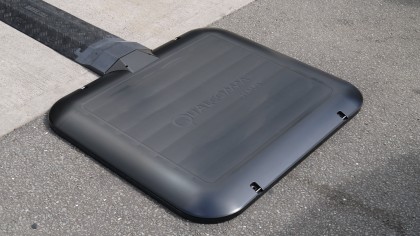
Efficiency and safety
One of the problems with wireless charging has been its efficiency compared to a wired connection, but the Qualcomm Halo technology is getting close.
"Wireless loses around 10% over the whole system," Thompson said. "As you increase the power some inefficacies don't actually increase, allowing us to get 95% efficiency from our highest power unit."
Qualcomm currently provides its Halo system in 3.3kW, 6.6kW and 20kW units, with the first two providing an overnight charging solution, while the latter can provide a healthy blast of charge in just half an hour.
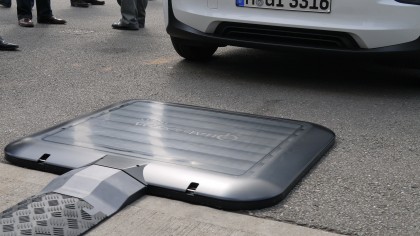
This brings the technology close to Tesla's Superchargers, which offer the firm's Model S owners the ability to fully charge their vehicle in 75 minutes (or by 80% in 40 minutes) via a wired connection.
Of course an electromagnetic field isn't a particularly safe thing to have just hanging around your drive, but there are several safety measures in place.
The pad won't activate until your vehicle is parked over it and lined up correctly, and there are two safety systems in place when it is on: foreign object detection and living object protection.
Foreign object detection checks for any metallic objects that may be on the pad, and automatically shuts the system off if metal is detected. If it didn't turn off the metal would heat up and could potentially case some serious issues including fire.
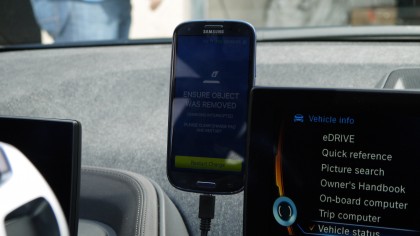
Living object protection meanwhile, as you may be able to guess, is constantly on the look out for any humans or animals which may stray close to the electromagnetic field.
That means your pet moggy or the kid from next door retrieving their ball from under your electric vehicle won't be fried by the pad.
The system can also notify you on either problem via your smartphone, so you can go out and remove the metallic object/poke the cat to clear the pad, allowing charging to resume.
The are a number car manufacturers working on wireless charging vehicles, but just who will be first to offer cars with these capabilities is being kept under wraps for now. We saw the technology in action on a BMW i3 and i8 - so it's probably safe to say the German manufacturer is working on something. Roll on 2017.
- Wireless charging goes nicely with self-driving cars

TechRadar's former Global Managing Editor, John has been a technology journalist for more than a decade, and over the years has built up a vast knowledge of the tech industry. He’s interviewed CEOs from some of the world’s biggest tech firms, visited their HQs, and appeared on live TV and radio, including Sky News, BBC News, BBC World News, Al Jazeera, LBC, and BBC Radio 4.